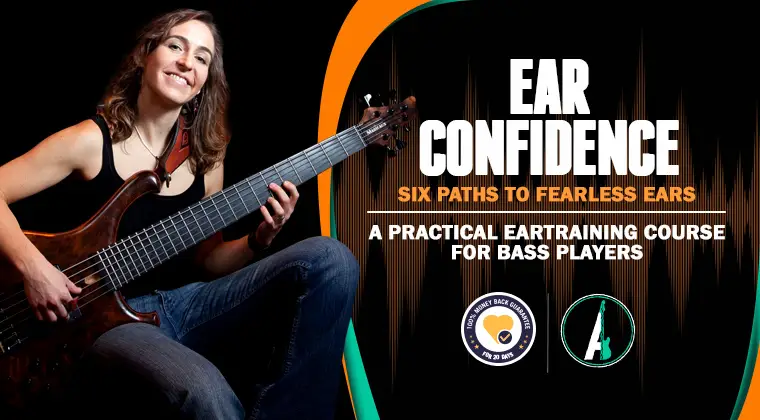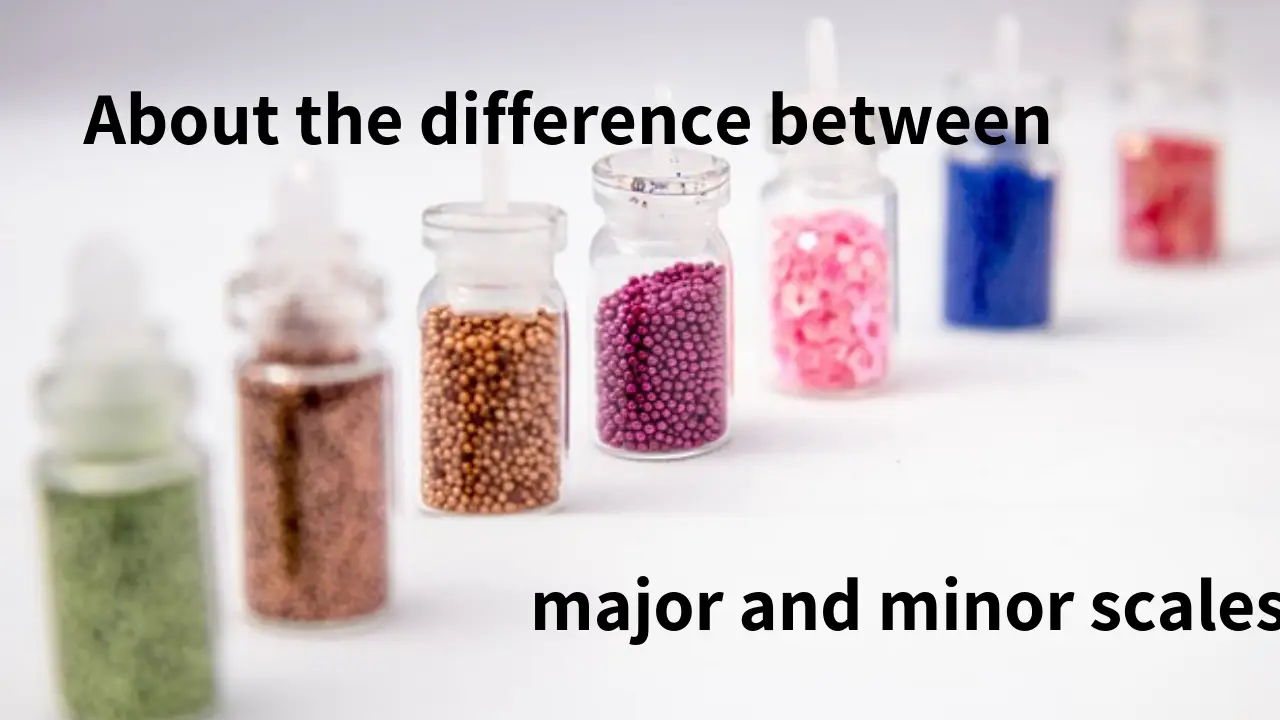Seems like Quora liked my answer on the phrygian characteristic last week, because I got similar request today, this time for:
The characteristic of Dorian!
Many of the answers recommended playing C major, and then using all the same notes, start the scale from D. The problem with that is you can’t really “hear” Dorian that way, because the C of the C major scale will have an overpowering functional harmony effect. “Functional” in that the C is the tonic and has a very strong pull to be perceived as the root (not D, which is crucial if you want to hear the sound of Dorian).
To really hear the sound of Dorian or any of the modes, start them all from the same root. For example, play C Ionian, then C Dorian, and so on. Or even better yet, play the modes from the brightest mode to darkest mode, something I explain in detail and practice with you in my new ear training course for bass players – Ear Confidence – Six Paths to Fearless Ears!
Watch a one-minute sample on modes
Enjoy– including listening to a Dorian song from the ’80’s… complete with hair and all!







